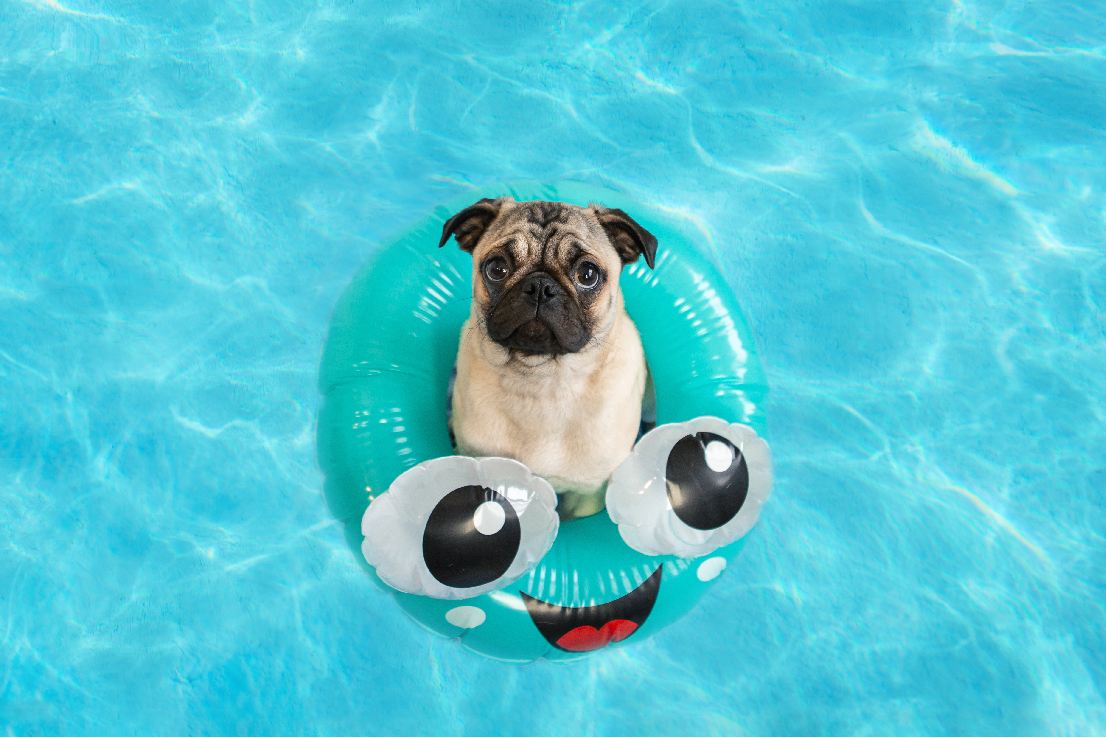
Chlorine Generators: A Modern Approach to Pool Sanitization
Understanding the Electrolysis Process, Maintenance, and the Advantages and Disadvantages of Saltwater Systems
Chlorine generators, also known as saltwater chlorinators or saltwater pool systems, are gaining popularity as an alternative to traditional chlorine-based pool sanitization methods. These systems utilize an electrolysis process to convert salt into chlorine, providing continuous and efficient pool sanitization. In this article, we will explore the electrolysis process, the importance of maintaining proper salt concentration, how to care for the electrolysis cell, and the pros and cons of chlorine generators compared to traditional chlorine.
The Electrolysis Process: Converting Salt to Chlorine
Chlorine generators utilize an electrolysis process to convert dissolved salt (sodium chloride) into chlorine gas (Cl2), hypochlorous acid (HClO), and sodium hydroxide (NaOH). When pool water containing salt passes through the generator’s electrolysis cell, an electric current is applied to the cell’s metal plates. This current causes a chemical reaction, separating the sodium and chloride ions in the salt. The chloride ions combine to form chlorine gas, which dissolves in the water, creating hypochlorous acid, the active sanitizing agent.
Maintaining Proper Salt Concentration
For a chlorine generator to work efficiently, the pool water must have a proper salt concentration, typically between 2,500 and 3,500 parts per million (ppm). Maintaining the correct salt level is crucial for several reasons:
- Optimal chlorine production: Insufficient salt levels can lead to inadequate chlorine production, compromising pool sanitization and water quality.
- System efficiency: Excess salt can cause the generator to work harder, leading to increased wear and tear and a shorter lifespan.
- Water balance: An appropriate salt concentration helps maintain water balance, preventing issues like scaling or corrosion.
It is essential to test salt levels regularly and adjust them as needed to ensure optimal system performance.
Caring for the Electrolysis Cell
Regular maintenance of the electrolysis cell is crucial for the longevity and efficiency of a chlorine generator. Follow these steps to care for your cell:
- Inspect and clean the cell regularly: Check the cell for any signs of calcium buildup or scaling. If necessary, clean the cell using a mild acid wash (usually a mixture of water and muriatic acid) or a specialized cell cleaner as per the manufacturer’s instructions.
- Check and replace the cell as needed: Over time, the cell’s metal plates will wear out and require replacement. Follow the manufacturer’s guidelines for cell replacement to ensure optimal system performance.
Chlorine Generators vs. Traditional Chlorine: Pros and Cons
Pros:
- Consistent chlorine levels: Chlorine generators provide a continuous supply of chlorine, maintaining consistent sanitization and reducing the need for manual chlorine adjustments.
- Reduced chemical handling: Since the generator converts salt into chlorine, there’s less need to handle and store hazardous chemicals.
- Softer water: Saltwater pools often feel softer and less irritating to the skin and eyes compared to traditional chlorine pools.
- Cost-effective: Although the initial investment is higher, chlorine generators can save money in the long run due to reduced chemical costs.
Cons:
- Initial cost: Chlorine generators have a higher upfront cost compared to traditional chlorination methods.
- Complex technology: These systems can be more complicated than traditional chlorination methods, requiring proper installation and regular maintenance.
- Potential for corrosion: Salt can cause corrosion in pool fixtures and equipment if not adequately maintained and balanced.
- Inadequate for certain pool types: Some pool materials, such as certain natural stones, may not be suitable for saltwater systems due to the risk of damage or erosion.
Chlorine generators offer an innovative and efficient method for pool sanitization, using an electrolysis process to convert salt into chlorine. Proper maintenance, including maintaining appropriate salt concentration and caring for the electrolysis cell, is crucial for ensuring the system’s longevity and effectiveness.
While saltwater systems have their advantages, such as consistent chlorine levels, reduced chemical handling, and softer water, they also come with some drawbacks, including a higher initial cost, potential for corrosion, and compatibility concerns with certain pool materials. By understanding the pros and cons of chlorine generators compared to traditional chlorine, pool owners can make an informed decision on the best sanitization method for their specific needs and preferences.




